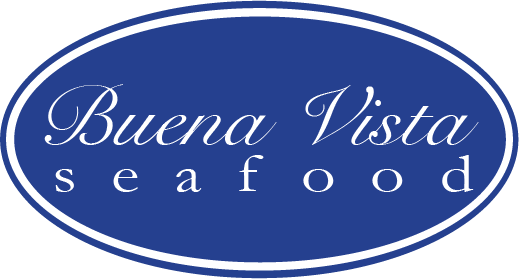Oregon - Percebes / Gooseneck Barnacles
Pollicipes pollicipes
Other names: Percebes (SP), Pouce Pied (FR), Goose Barnacles (EN)
Gooseneck barnacles grow in colonies, forming groups or bunches. These bunches are gathered by hand at low tide, when the animals are out of the water. Specimens of different sizes are found in any bunch, and the youngest animals usually attach themselves to the stalks of the adult individuals. They grow on the wave-beaten rocks of the intertidal zone (the zone that is covered at high tide and uncovered at low tide) and the low-shore zone (the area permanently under water). In these areas they share their habitat with mollusks (like mussels) and other encrusting organisms, competing with them for living space and food. Gooseneck barnacles feed by filtering the zooplankton from the wave-beaten water; the more beaten and colder it is, the more oxygen it contains and the better the barnacles are.
Grade & Profile - Oregon vs European
Size - The barnacles from Oregon are slightly larger than the European product we stock. Our Portuguese product is approximately 40-50 pces per lb and the Oregon average is 25 to 35 pieces per lb.
Taste - The taste profile is also slightly different. The European product has more briny notes where the Oregon is more sweet.
Meat Color - The meat color is identical as is the cook time and shucking process.
Foot - The Portuguese product has rock attached - although it is minimal. The Oregon product does not have rock attached in the same manner. While this is better for weight and yield, it should be noted that there may be some "deflated" barnacles. These are perfectly fine to cook and eat, they just do not look as plump or hard when raw/live.
Harvest/Process
These barnacles are only harvested off of man-made structure - meaning the jetty rocks. This keeps the harvesters from disturbing the wild rocky structures or wildlife. They also work closely with the US Army Corps of Engineers, who manage the jetty areas. Oregon has just started allowing the harvest of barnacles and the number of permits are highly restricted.
Our harvesters take a team approach which is necessary given the high risk involved. This is how it is done:
They have to take a long pole down to the rocks, most of which are the size of a VW bug, and "jump" along the jetty to reach the exposed barnacles.
They cut the barnacles from the rock with a blade - trying not to chip the rocks.
They remove any of the stringy kelp, grass or other shellfish (mussels etc) from the barnacles before bagging them.
To avoid crushing the barnacles under their own weight in their harvesting backpack, they hand off the bags to another team member who is on a rescue kayak or jet ski.
The barnacles are then able to be transported back to the landing site without being crushed. Here they are then cleaned, sorted and packed.



